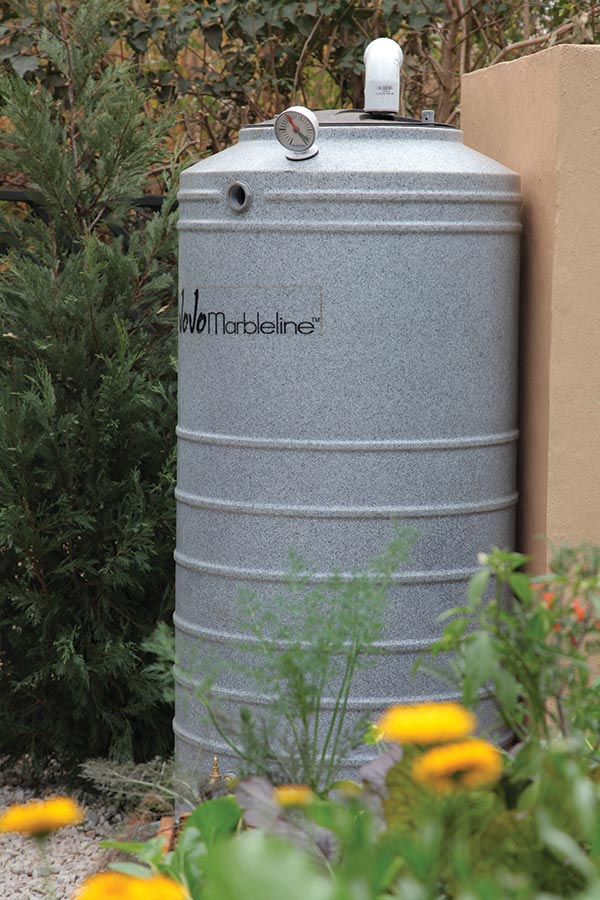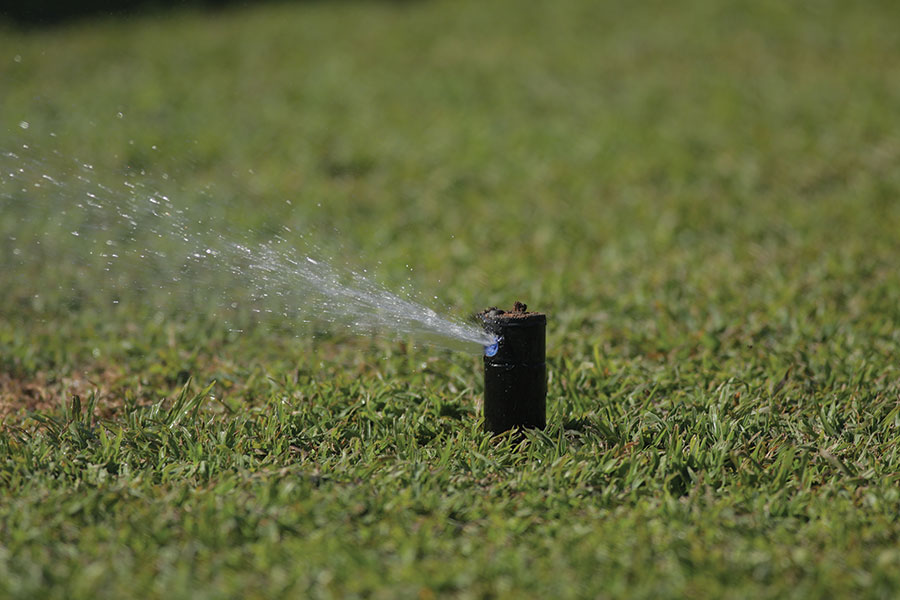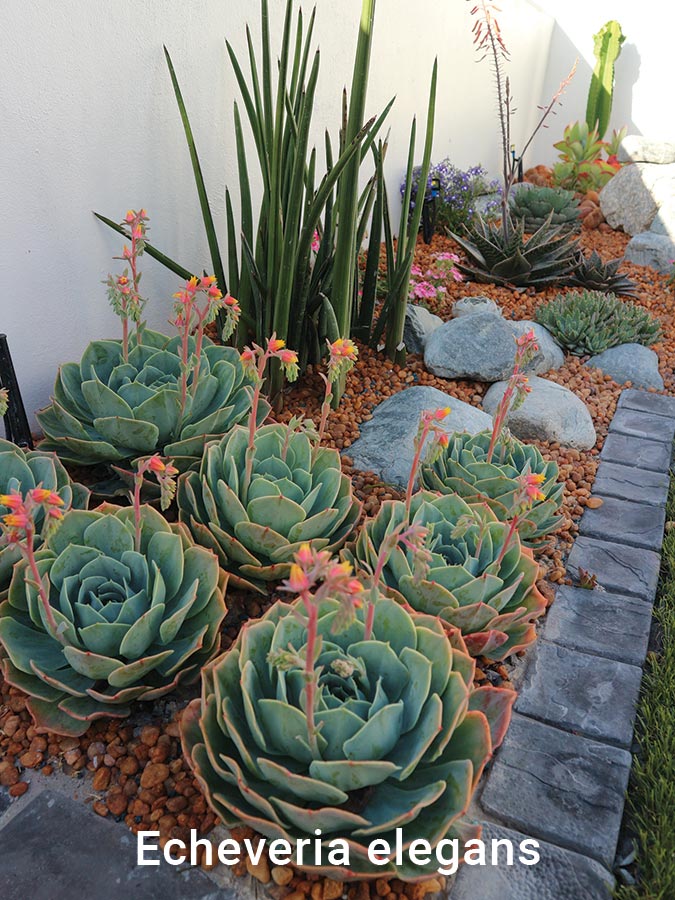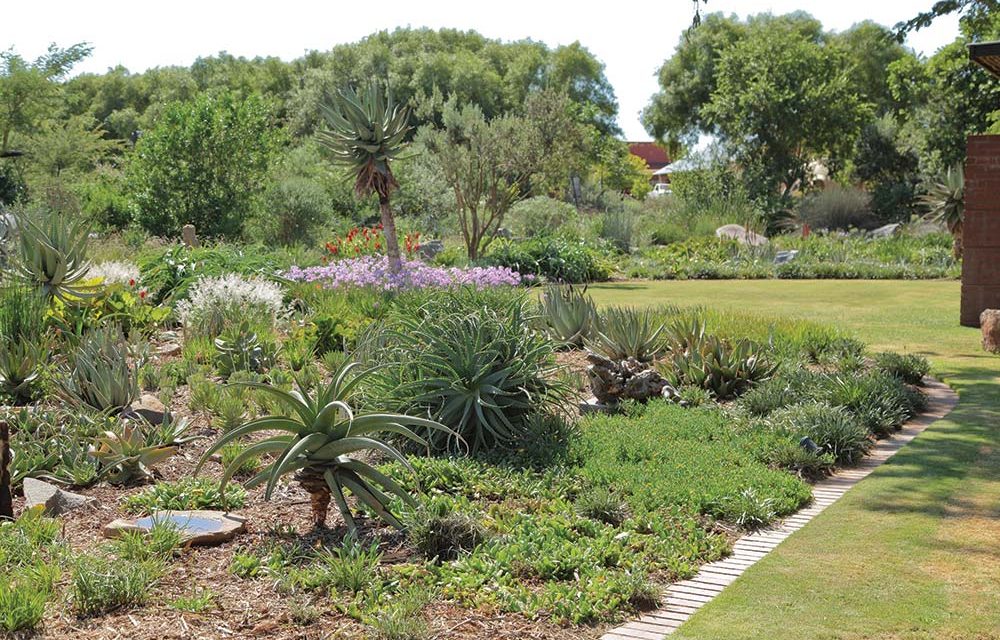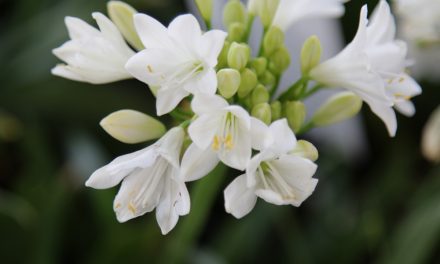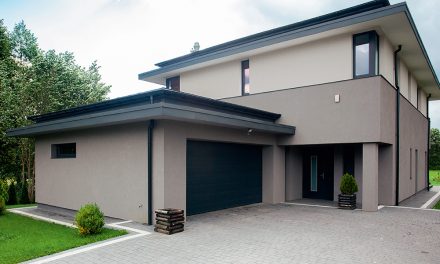There are some projects in the garden that will save our most precious resource – water. By following any or all of these tips, your water bill will be reduced and you will be helping the planet as well.
Rainwater harvesting
An investment in a rainwater tank is one every gardener should consider. Once it’s in place, the water is free! As an indication, with an average roof of 400 m2 and with an annual rainfall (in Gauteng) of 750 mm per year, there is a potential to harvest 300 000 litres of water in a year.
Once you have a good site selected, it’s better to build a concrete slab for the tank to sit on. Tanks are usually filled through the gutter system of the roof and there is often a section that can be cut out and diverted into a leaf catcher or strainer so that the water going into the tank is pretty clean. Then there is a choice of what other features to install depending on your budget. A tap system at the base of the tank can be connected directly to a hosepipe to use gravity to water or to fill a watering can. Alternatively, you can make life really easy by installing a pressure booster pump that can be used to move the water from the tank into an irrigation system, or even into the home plumbing system.
Irrigation systems
It takes time to water a garden efficiently so that plants grow strong roots deep in the ground rather than make weaker roots on the soil surface. An effective irrigation system not only saves time, but will save water as well, especially if installed with a timer. There are two types of irrigation that can be installed as a DIY project – spray irrigation with micro mist sprinklers and drip irrigation systems. They come in kit form and can be put together in a few hours. Some even have extra benefits like solar power for the timers. An irrigation system can be as big as you want or as small in the case of a system that waters balcony containers from a bucket of water.
Choosing plants wisely
There are plants that are more drought-hardy than others requiring less water once established. Choosing the right plants can save plenty of water in the long run. In general plants that require less water are those as follows:
Succulents – water is stored in the leaves to use in times of drought.
Small and needle-like leaves – you will notice that plants with smaller leaves like those on indigenous trees are more water-wise than those with bigger leaves that can be found in wetter tropical regions.
Grey leaves – reflect the sun’s rays, keep the plant cooler and therefore need less water.
Hairy leaves – these are great for reducing evaporation around the leaves and keeping moisture in.
Waxy leaves – prevents moisture loss with their waxy surface.
Plant grouping
Plant grouping or zoning will also help save water as you only water groups of plants that need it on any given day. These are the zones to group your plants in for maximum water-saving effect:
No water – try to make this the biggest zone. Group indigenous trees, shrubs and succulents together with hard landscaping like patios and pathways.
Low water – plants that will thrive with only seasonal rainfall fall into this zone. Mainly indigenous plants like agapanthus species that don’t require extra watering.
Medium water – for plants that will need extra watering outside the normal rainfall of the area. A zone to keep small.
High water – a zone as small as possible for the maximum water-saving benefits with plants that require frequent watering like annuals, bulbs
